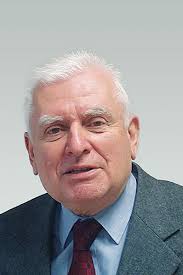
Edurad HanslÃk
T. G. Masaryk Water Research Institute, Prague
Title: Occupation health at drinking water treatment plant using ground water with elevated concentrations of radon 222, radium 226 and radium 228
Biography
Biography: Edurad HanslÃk
Abstract
The content of radionuclides in ground water, as raw water for drinking water treatment, can vary in a wide range. In the case of high content of the natural radionuclides, especially content of radium 226 and radium 228, the most often used process of their removing is aeration followed by the filtration on gravity or pressure filters filled with sand covered with iron and manganic oxides, eventually with other medium as Birm or Greensand. These procedures had been used for the water treatment before the radioactive substances content in water and their ingestion risk were known. During the water treatment process, the radioisotopes of radium 226 and radium 228 are retained in the filter media together with iron and manganese. Retained radium 226 generates its daughter radionuclide - gaseous radon 222. During the filters washing, radon 222 is released into the air of the water treatment plant hall. This will be shown on an example, when the radon 222 concentration in raw ground water is low but it gets into the treated water during the treatment process. When the filters are being washed, the radon 222 concentration in the air of the plant significantly increases. The dependence of radon concentration in the air on the radium 226 activity in the sand of the particular filters was assessed. The inhalation dose rates due to radon 222 and dose rates from filter media for the operating personnel were evaluated.

